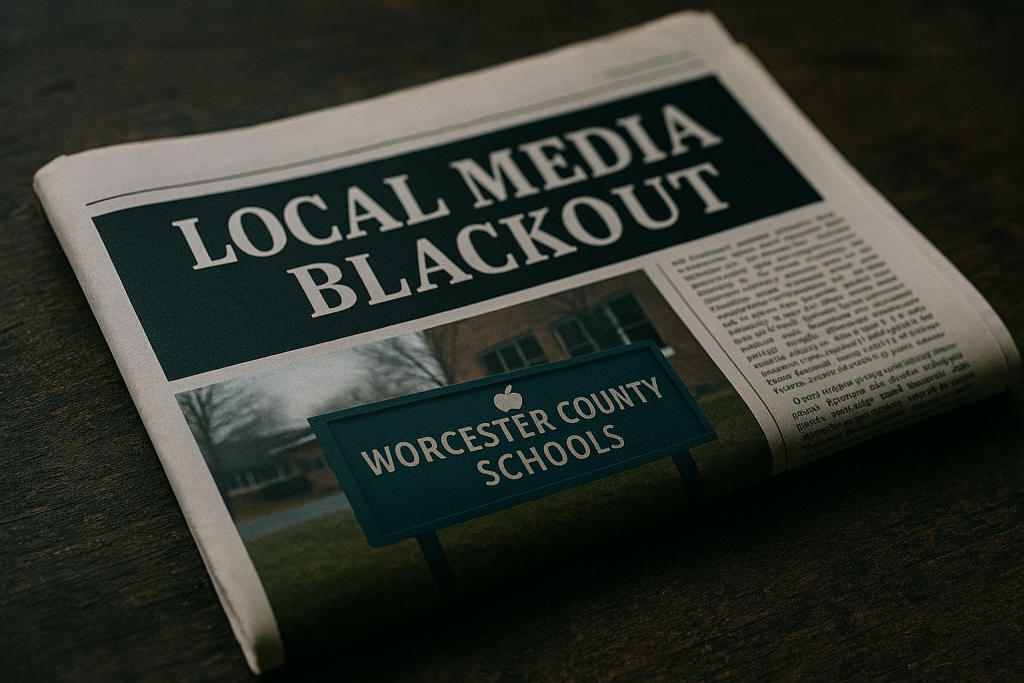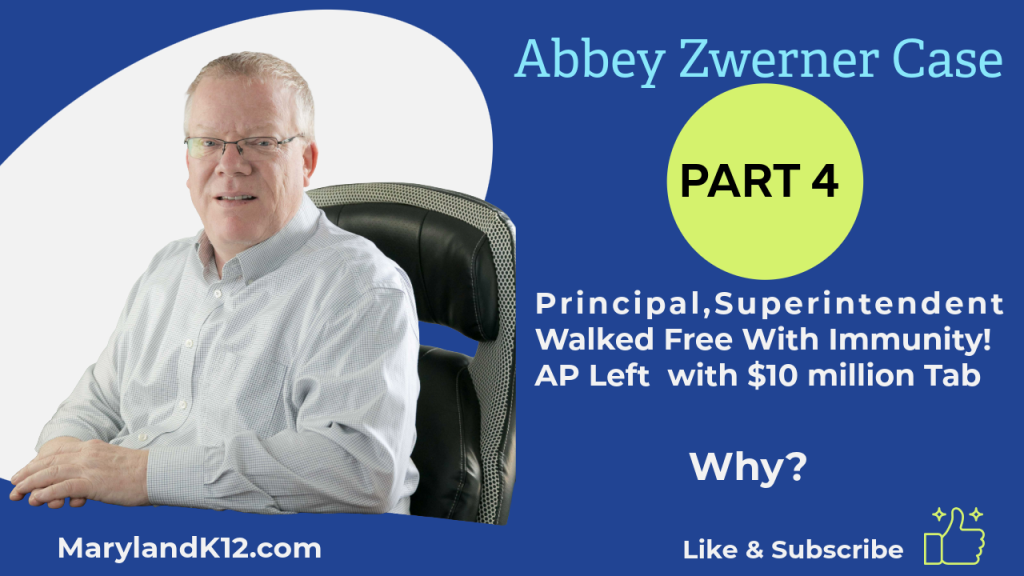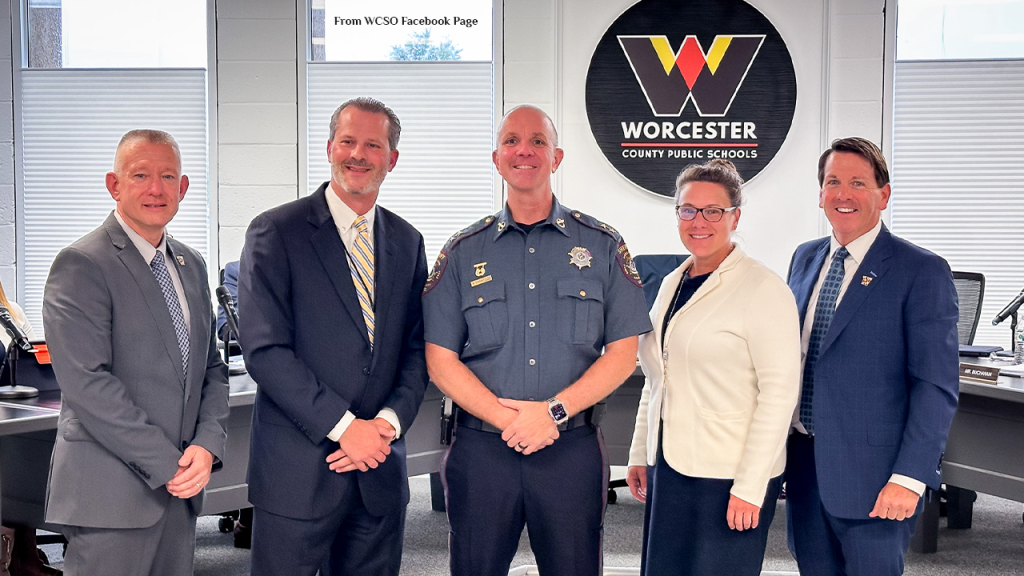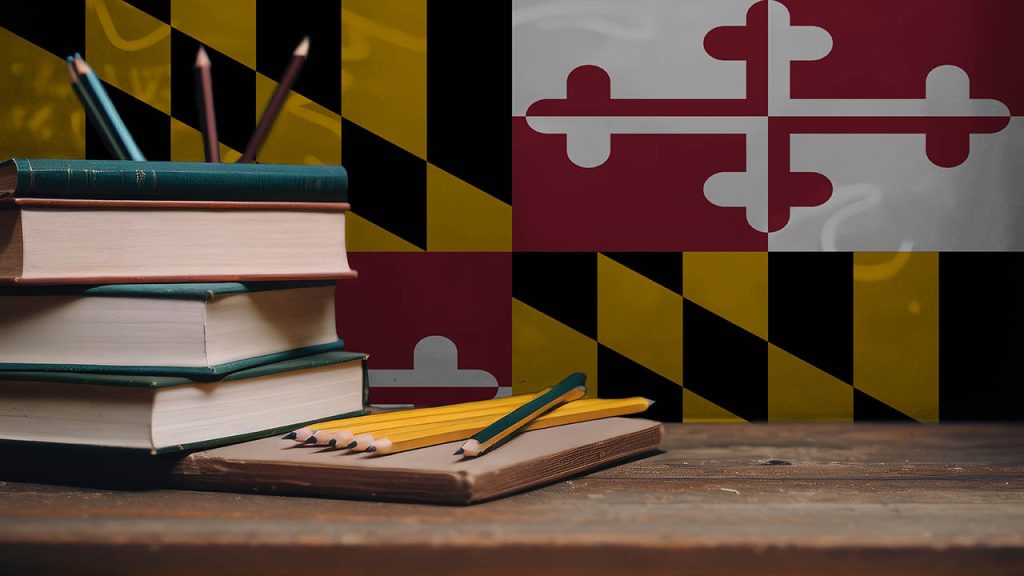
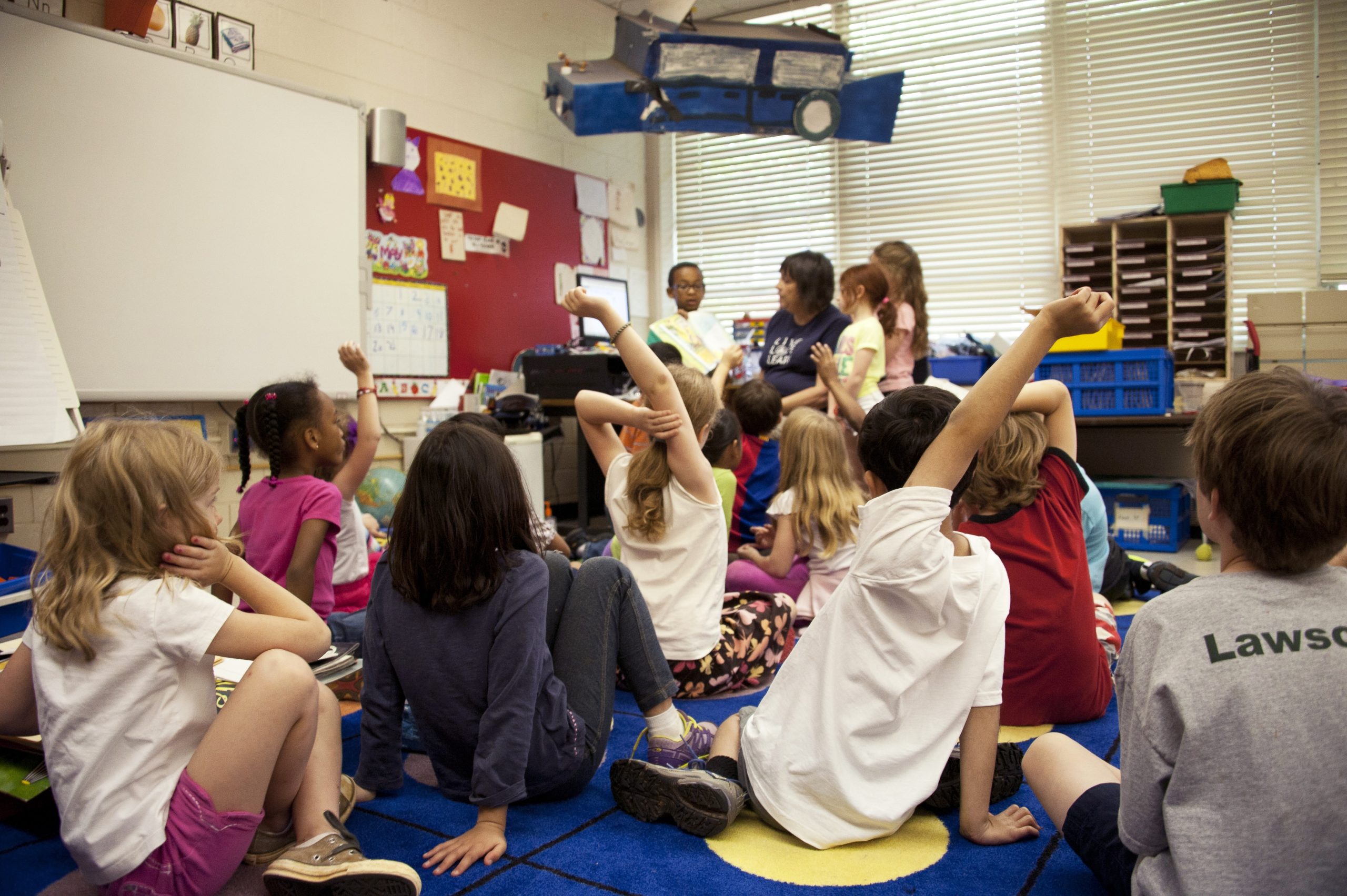
What’s the Biggest Problem in Public K12 Education Today?
What is the Biggest Problem in Education Today?
While I’m in a conversation, and the topic turns to work, someone always asks me this question in one form or another. I am often asked “What’s wrong with these kids today?” Or… What’s wrong with education?” or the most used version (when they first find out I am in education) “Wow! You’re Crazy, those kids are nuts!” I rarely, if ever, get questions or comments that are anything but negative. No one ever says “Education…that’s great! How have the schools become so successful…? what’s their secret?”
After a short conversation, it usually comes down to “What do you think is the biggest problem in education?” Well, that’s a tough one, because, unfortunately, there is so much to condense down into one issue. There’s just too much food on the buffet! People often tell me their views and their ideas of what the biggest issue is. They usually include one or more of the following: Student behavior, poor teachers, poor or ineffective administrators who will not or cannot enforce policy, bullying, teachers’ unions, bureaucracy, mental health issues, parents, social media and more. The easiest thing to do would be to say that it is a combination of all these things (which it is), but the question is what is the biggest issue?
After careful consideration of my 30 years of experience in the industry, I have concluded that there are two strong factors that are influencing the K12 education world. The first is how educators and staffing are managed. The other is the refusal of any district or jurisdiction to see, admit or even acknowledge anything negative. Let’s look at each one.
Staffing Management
We continue to hear about the ongoing teacher shortage, but if we look a little deeper, we may notice that it is a little more complicated than it appears. We can see in almost any school there is no shortage of those who are employed by the school, but do not actually teach. For example, in a school to which I was previously assigned, there were about 45 total teachers. In addition, there were approximately 15-20 degreed and fully certified teachers who either did not teach, or taught a significantly reduced assignment.
To start, there were about 7 or 8 inclusion teachers. These are teachers who manage special education students and their individual plans (IEP’s) and work in a co-teaching capacity with other teachers. These assignments can vary from school to school, but they are almost always not assigned a full load of classes if any at all. Certain special education students are included in the regular classroom and these teachers function as support personnel to help modify the curriculum as needed.
Then, there were some teachers who were assigned to special programs in coordinator types of roles. These included an AVID Coordinator and a Magnet Coordinator in this school, and sometimes in other schools with such programs, there are many other types of coordinator positions that either teach no classes or have a significantly reduced teaching load. Just about all schools have some type of mentor or support teacher positions available as did this school. They are usually associated with staff development or technology support. In this case there were no classes assigned to this position. In fact, because of the teachers’ union contract, administrators were not allowed to assign duties or any other responsibilities in any capacity to this teacher. These might include lunch duty or coverage for absent teachers.
I picked a high school at random in Anne Arundel County and saw that there were 144 individuals listed on their website as “Teachers.” On their website, they also listed 42 other professionals under “Staff.” It is difficult to tell simply by looking at the website, but many of these positions appear to be qualified professionals who do not actually teach classes; they have a variety of titles that include various program coordinators and directors.
When these positions are available, there is a line around the block. Most districts list them on their website as positions for which they are creating a pool of candidates. So, while their may be a shortage of classroom teachers, there is no shortage of these positions. Just take a look at any local school district and notice that the advertisements for teachers are for classroom teachers and not any of these non-teaching roles. There is also a high demand and no shortage of applicants for administrative positions since they pay more and do not include teaching assignments.
The problem goes even deeper. Schools are divided into departments such as math, science, social studies, etc. Each of these departments has a department chair. In many cases, these are non-teaching roles, and, in some cases, they have reduced teaching assignments. Larger high schools often have non-teaching department chair positions.
In addition, principals like to keep experienced teachers happy and content. There are some cases where the principal will direct the scheduler to allow for reduced teaching roles for specific staff. This might include a teacher whom the principal wants to run a specific new type of in-house program, provide various levels of support in other areas, or even staff an in-school suspension program. I have personally seen this situation where the principal wants to reduce teaching loads of certain teachers so the teacher would be more available for a variety of the principal’s priorities. This always results in higher class sizes.
But wait, there’s more!
Considering all of this, we begin to look closely at how both teaching and non-teaching positions are managed in school districts. Who gets these desirable non-teaching positions? Of course, it’s the more experienced and successful teachers. What school districts do is take the best and most successful teachers and remove them from teaching students. This issue goes much deeper when we look at transfer policies.
The more challenging schools are the least desirable among newly certified teachers, so they get staffed last. When a high performing school has an opening, that school is inundated with transfer requests from teachers at lesser performing schools. Everything then trickles up and results in an opening at a challenging and much less desirable school with lower test scores and a higher suspension rate. Rarely does a new unproven teacher start his or her career in a high performing school. When it does happen, it is because the new teacher comes highly recommended from the supervisors of the training program. If a new teacher in a challenging school proves to be a good and successful one, then he or she is quickly siphoned off to the better performing schools. Ultimately, the challenging school’s staffing is highly mobile. The turnover rate at these schools is extremely high. In my experience as a scheduler, in a school of about 50 teachers, it was common that every year we would be hiring 10-20 new teachers. Most were newly certified or provisionally certified individuals who were changing careers and had little to no formal teacher training. The higher performing schools had no such problem.
Once, a newly hired teacher told me that his supervisor in the teacher prep program told him not to answer his phone when someone from school system was calling. Let them leave a message, he said, and then the supervisor would tell him which schools he should call back and which ones he should not.
Why is this allowed to happen? While teachers’ unions will undoubtedly point that research shows the most influential factor in student achievement is the teacher in the classroom, they also relentlessly fight for seniority policies that allow this to continue. Nothing will change in the challenging schools until school systems are allowed to place the better and more experienced teachers in the schools where they are needed the most. Only then we will see if it’s the chicken or the egg.
Nothing but positive news
I also believe that along with staffing management, a problem of equal magnitude is the flat-out refusal of any school, district, or jurisdiction to see, admit or even acknowledge anything negative. Systems and their leaders have become like politicians. No matter what the problem is, they simply will not even acknowledge anything other than a grand and rosy picture of their district and its accomplishments. Baltimore City Schools, for example, is one of the worst performing school systems in the US. Recently, one high school’s data showed that 77% of their students were reading at an elementary school level. Stories like these often appear from time to time about the Baltimore City School System as well as many others, but the system simply ignores them. Yes, they will offer the required “we’re concerned about this, and we are …” statement, but it will quickly go away. A look at their websites shows article after article about achievements of individuals, but no recognition that anything is wrong.
School districts need to own up to their failings and provide direction to correct it. How can any reasonable person not look at school systems like this and not laugh at them? There are a number of reasons that they suffer such failures, and many of no fault of their own, but a flat-out refusal to even acknowledge them leads to a dishonest perception.
Most systems seem to be content to simply report good happening s and ignore all else. This make me believe that they are ill equipped to solve problems when they don’t even recognize them. Baltimore County was warned many times prior to their crippling cyber-attack and refused to even acknowledge it. Videos often surface of violent and unruly behavior in schools and system officials act as if they are surprised.
It would seem to follow that if jurisdictions acknowledged some failures, then their constituents would be more confident in their ability to correct them. Remember, step one of the 12 step program is to admit there is a problem.
Dig Deeper With Our Longreads
Newsletter Sign up to get our best longform features, investigations, and thought-provoking essays, in your inbox every Sunday.
The MEN was founded by John Huber in the fall of 2020. It was founded to provide a platform for expert opinion and commentary on current issues that directly or indirectly affect education. All opinions are valued and accepted providing they are expressed in a professional manner. The Maryland Education Network consists of Blogs, Videos, and other interaction among the K-12 community.




